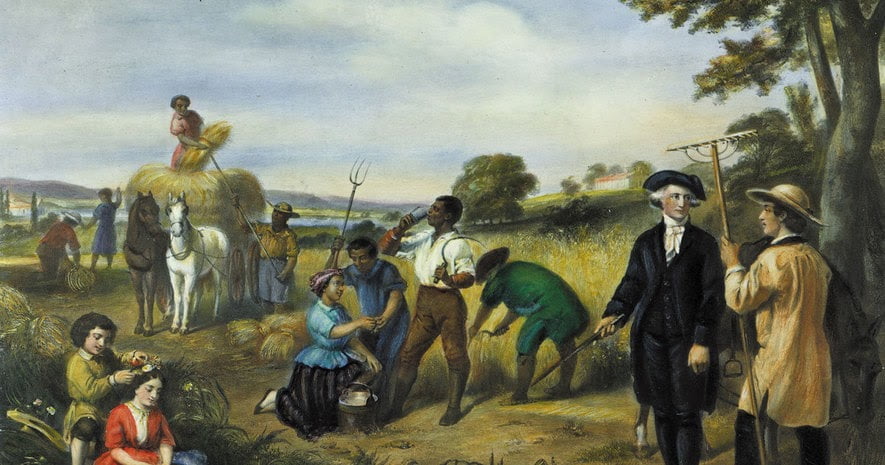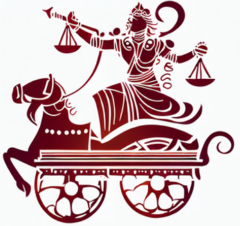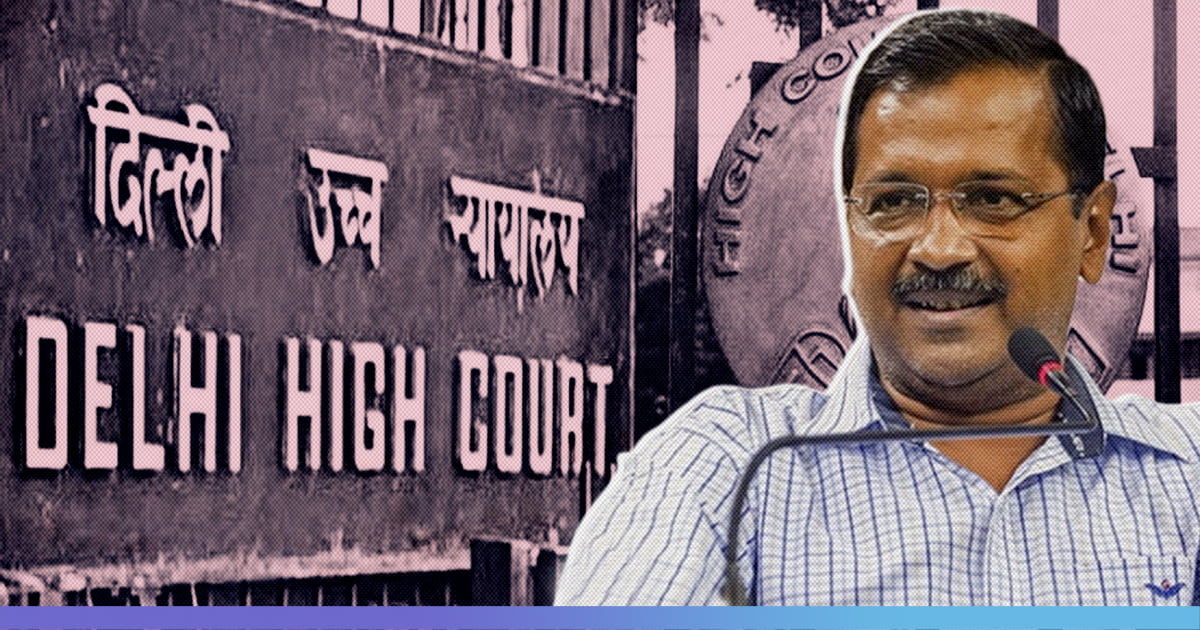
The British colonial era in India spanned from the early 17th century, with the establishment of the East India Company, to 1947, when India gained independence. Key aspects of this period include economic exploitation, political control, social transformations, and the emergence of the Indian independence movement.
1. Economic Exploitation:
- The East India Company, initially formed for trade, gradually expanded its influence and became a de facto ruler.
- British economic policies, such as the extraction of resources and the imposition of heavy taxes, led to economic exploitation and widespread poverty.
2. Political Control:
- British control extended through the establishment of presidencies and later direct rule by the British Crown after the Indian Rebellion of 1857.
- The implementation of the doctrine of lapse and the annexation of princely states increased British territorial control.
3. Social Transformations:
- The British introduced significant social reforms, including the abolition of practices like sati and infanticide.
- The promotion of English education led to the emergence of a new class of Western-educated Indians.
4. Impact on Culture:
- The British colonial era had a profound impact on Indian culture, influencing literature, art, and administrative practices.
- English became a widely used language, contributing to a cultural and linguistic shift.
5. Indian Independence Movement:
- The latter half of the colonial period witnessed the rise of the Indian independence movement.
- Key figures like Mahatma Gandhi advocated non-violent resistance, civil disobedience, and self-rule.
6. Partition and Independence:
- The end of World War II and increasing demands for independence led to negotiations between the British and Indian leaders.
- India gained independence on August 15, 1947, and the country was partitioned into India and Pakistan.
7. Legacy:
- The British colonial era left a lasting legacy on India, shaping its political, economic, and social structures.
- The partition led to significant communal tensions and migrations, leaving a complex legacy that continues to impact the region.
The British colonial era in India was marked by a complex interplay of exploitation, cultural exchange, resistance, and eventual independence. The legacy of this period continues to shape the socio-political landscape of the Indian subcontinent.
If Britishers left India in 1947, then how are we still following them and are stuck in Britishers Colonial Era?
The British departed from India, yet their covert agents persisted in the country with the aim of perpetuating the British legacy and hindering India’s progress. Their tactics involved suppressing facts, distorting actual Indian history, and downplaying the true capabilities of every Indian.
Factors that impeded India’s advancement and kept it tethered to the colonial era included:
- Manipulation of Languages: The British employed astute strategies, such as imposing Hindi as the primary language and convincing Indians that it is their mother tongue. In reality, however, our scriptures, ancient texts, Vedas, and Manusmritis are written in Sanskrit, Tamil, and Telugu. The deliberate distancing of people from their native languages hindered the recovery of lost potential and talents across various professions, including medicine and science.
- Abolishment of Gurukuls: The British authorities were well aware of the organized nature of India’s education system and the unity among its people. They deliberately dismantled the Gurukul-based education system and introduced a new one, strategically designed to give the impression that children were receiving an Indian education. However, the underlying plan was to subtly influence them with British values and culture, diverting them away from their Indian roots. The establishment of convent schools and other Christian educational institutions was a crucial aspect of this strategy, aimed at maintaining control over Indians and the nation as a whole. Gurukuls, characterized by an absence of discrimination among people of various categories and professions, were dismantled. The British cleverly categorized professions as castes in India, creating a divide to weaken the unity and sovereignty of Indians. While portraying Brahmins as responsible for discrimination, the reality was that the number of children studying in Gurukuls was significantly fewer compared to those in castes labeled as lower by the British. This manipulative and divisive strategy persists, as various political parties and activists in India continue to employ it to advance their agendas, thereby jeopardizing peace and unity among Indians.
- Mohan Das Karam Chand Gandhi: The British clandestinely established a political party, financially supporting it to perpetuate their legacy in India and prevent the true independence of the nation. Despite the illusion of India’s freedom, the British divided the land, creating Pakistan, and the subsequent establishment of Bangladesh was considered a mistake by the then Indian Prime Minister. There is a contention that Bangladesh should have been integrated into India. Mohan Das Karam Chand Gandhi, commonly portrayed as the father of the nation, lacks documented evidence supporting this title, as revealed in an RTI reply from the Indian Government. Contrary to his popular image, Gandhi is seen by some as not only a patriot but also an agent of the British, allegedly responsible for delaying India’s independence. Critics argue that his actions led to the execution of freedom fighters like Shaheed Bhagat Singh, Sukhdev, Raj Guru, providing the British ample time to exploit and plunder India of its wealth. This perspective has contributed to figures like Subhash Chandra Bose and Sardar Vallab Bhai Patel distancing themselves from Gandhi, while Nathuram Godse eventually assassinated him.
- The unfortunate reality for Indian citizens is the protection Gandhi receives from criticism by the Honorable Supreme Court of India, hindering an open discourse about his actions and their impact on the country. Despite these controversies, Gandhi’s image remains prominent on Indian currency notes, and statues are inaugurated in his honor, even in the newly constructed Indian Parliament. The government’s reluctance to erase Gandhi’s name from public spaces, the dedication of extensive lands to preserve his grave, and the construction of memorials for him and others in New Delhi continue to be points of contention.
- Lifestyle: The British also exerted influence over the concept of a healthy lifestyle, persuading individuals accustomed to consuming fresh and nutritious meals to shift towards preserved and less healthy food choices. An illustrative example is the introduction of iodized common salt, commonly known as table salt, sourced from the sea, while the wholesome pink salt or Sendha Salt traditionally used in Indian households was disregarded. Similarly, sugar, often deemed detrimental and a primary contributor to various illnesses, was promoted as superior to the healthful alternative of jaggery, which carries no adverse effects but numerous benefits. This manipulation extended to various aspects of daily life, aiming to compromise the well-being of Indians and lead them into unhealthy practices, contributing to issues like obesity and stress.
- Culture and Society: In India, ancient Gurus and Rishi Munis possessed knowledge that surpassed contemporary institutions such as NASA and renowned medical science establishments. This historical wisdom led to a well-organized society where roles and duties were delineated based on gender, age, and relationships. For instance, the prescribed practices for women, including fasting, align with current scientific beliefs endorsing fasting as an effective method for disease prevention and cure. Traditional teachings emphasized distinct roles and lifestyles for men and women, but these norms have gradually been influenced by Western culture. External pressures now compel women to advocate for rights they were never deprived of. While women are encouraged to believe in equality, the inherent existence of two distinct genders, man and woman, as defined by nature, implies an inherent dissimilarity. The recent narrative promotes the notion that men and women are entirely equal, which contradicts the natural duality of genders. External influences, including funding from various sources, manipulate celebrities who appear on television, influencing women to reject traditional practices like fasting. These influencers often lack in-depth knowledge and struggle with unscripted intellectual inquiries. This contrasts with the historical understanding that embraced a balanced and well-defined societal structure.
- Social Media: In India, young individuals are consistently exposed to messages suggesting that their primary aspirations should revolve around indulging in sexual activities and showcasing material possessions. Consequently, popular social media platforms like Instagram, Facebook, TikTok, and others are inundated with content that borders on nudity. This explicit content is actively promoted, particularly in the social media feeds of the youth, fostering an environment where they may become preoccupied, stressed, and fixated on matters related to nudity and sex. This trend effectively serves as a deterrent, diverting the attention of young people away from pursuing entrepreneurial endeavors, making meaningful contributions to the economy, and engaging in family responsibilities and social initiatives.
There are many other ways that are being carried out to destroy Indian cultural and social values from Indians and establish western influenced culture and social values which has no actual use in life.
Conclusion
The people of India must awaken to the stark reality that various external forces are actively working to undermine our culture and society and keeping us under the colonial period. These forces are targeting our youth, funding communal riots, and exerting influence over individuals in administrative positions within the government. Judges, who are expected to uphold justice, are sometimes observed displaying a bias against those who seek to preserve traditional values, particularly individuals associated with the Right Wing.
Instances abound where the judiciary has remained silent on issues of grave concern, such as the attacks on innocent Hindu families in West Bengal, where atrocities included gang rapes and murders of children. Regrettably, the honorable Supreme Court chose not to intervene. In contrast, when the Meitei community responded to the atrocities committed by the Kuki community, the Supreme Court took suo moto action, urging prompt police intervention.
This represents just one of several instances where the principles of justice seem compromised. It is imperative for people to recognize the urgent need for those who believe in the rule of law to unite. Individuals who value justice are becoming victims of those who exploit legal loopholes and manipulate innocent people. The time has come for the people of India to join forces and demand true freedom, liberating the nation from the vestiges of British colonialism, Western cultural influences, and persistent communal tensions. This can be achieved by permanently eliminating disruptive elements from within the country.


